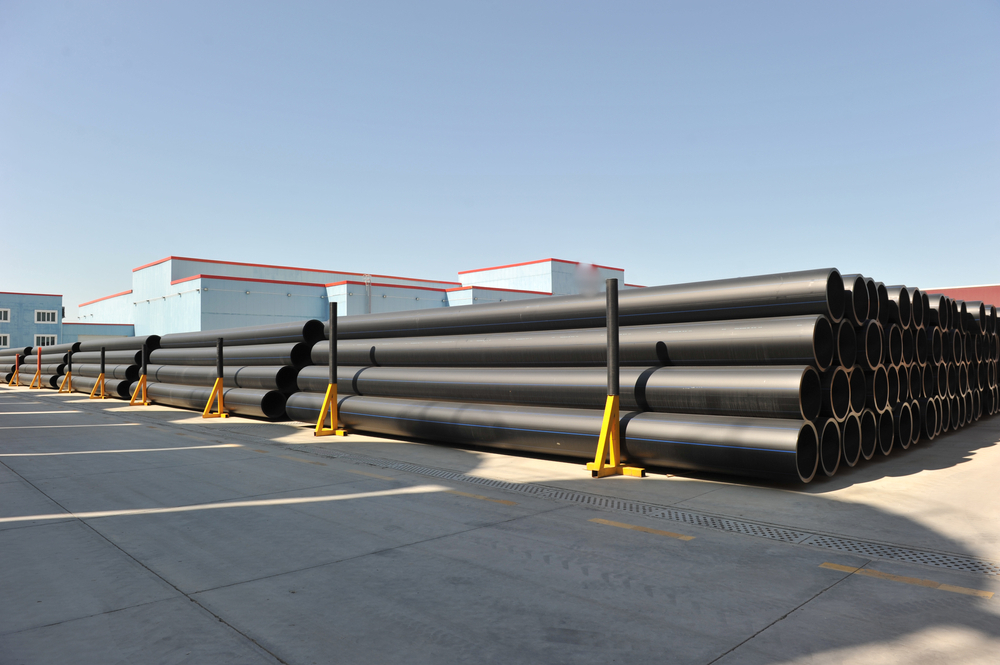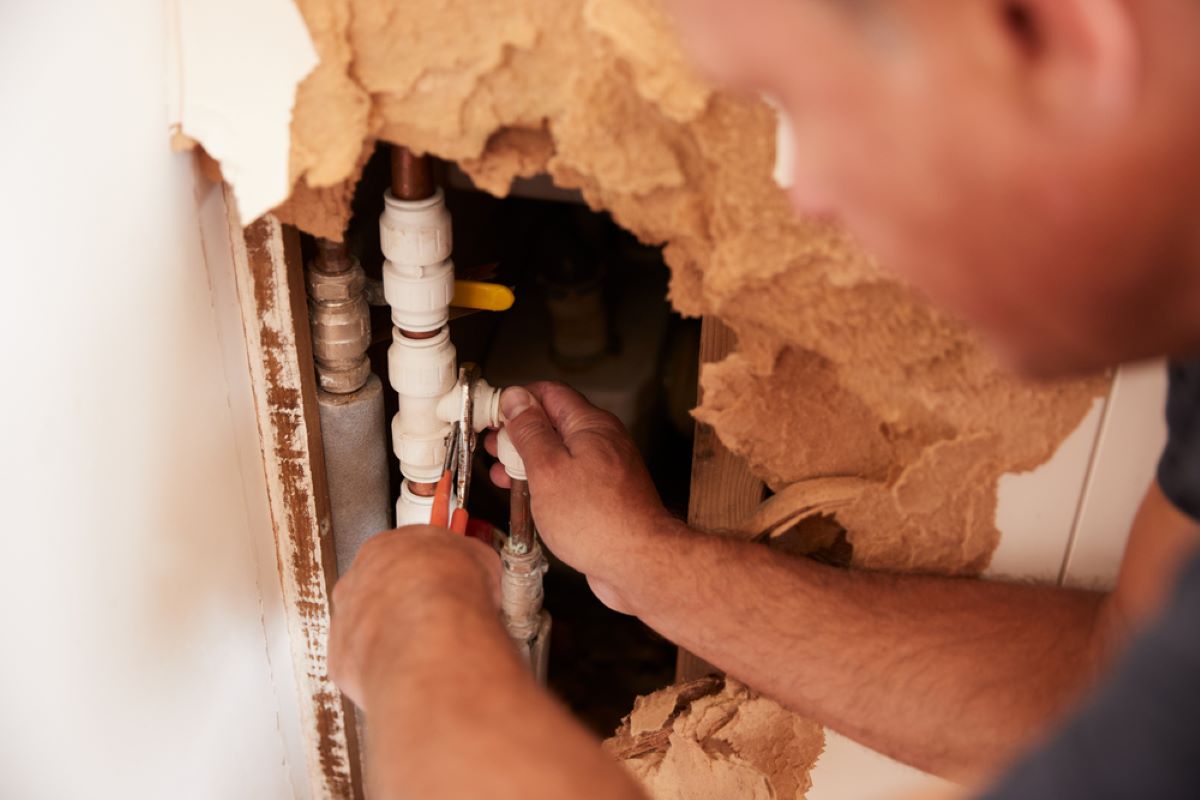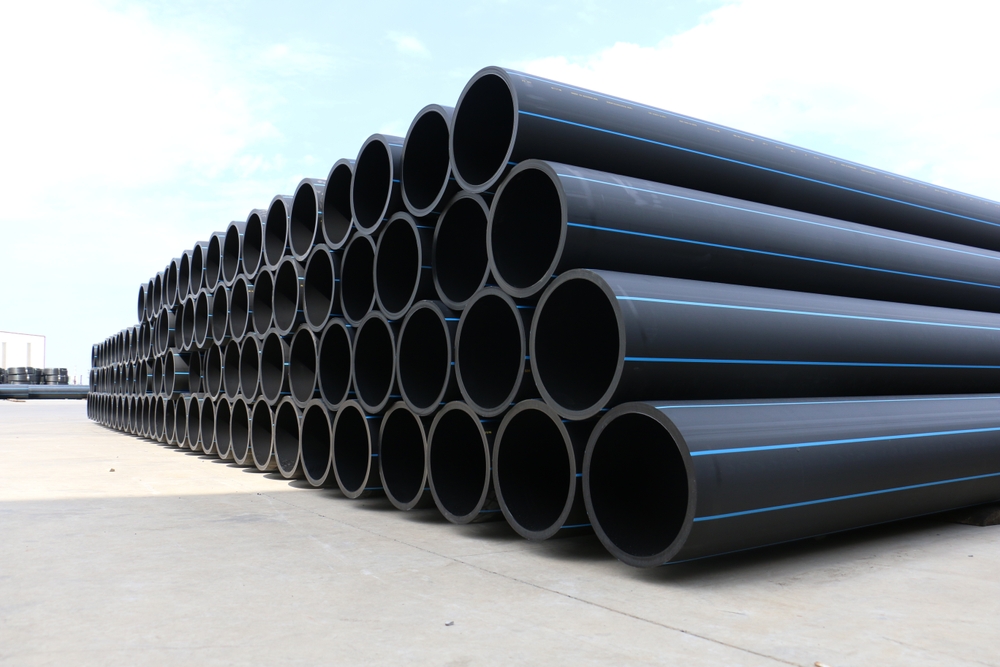Let’s discuss PE Vs HDPE piping: Similarities and differences!
Piping is an important part of any structure. It is used for many purposes and helps to provide several benefits. For example, piping can be used for plumbing or even as part of the structure itself.
This guide will discuss the different types of pipes that are available based on their function and the advantages of HDPE and PE pipes.
Do you know the average diameter of the HDPE pipeline? If No then Click here!
Is Piping Important?
Piping is essential because it provides a way to transport fluids. The right piping for the job will make a big difference in how well your system works. The wrong piping can cause problems with your system and even damage it.
What Are PE Pipes?
PE pipes are made from polyethylene, and it is this property that makes them such a popular material for water distribution. We all take water for granted, but if your area suffers from drought or you live in an area where water conservation is encouraged, you may want to consider PE piping instead of HDPE or PVC.
Polyethylene pipes are used for transporting both potable and non-potable water, so you must purchase the right type of pipe for your specific application.
Types of PE Pipes
Contrary to popular belief, PVC and CPVC are not the only piping materials available to homeowners. Many plumbers will tell you that plastic piping is not suitable for long-term use or that it’s difficult to work with. However, this isn’t always true.
If you want your home equipped with pipes that last for years without breaking down, look into PEX or PE piping materials instead of PVC and CPVC options.
PEX: The Benefits of PEX Piping in Your Home
Polyethylene (PE) piping is used primarily in cold water supply systems within homes and businesses because it can withstand temperatures up to 200 degrees Fahrenheit (ca. 93 °C) while still maintaining its integrity as a pipe material.
One benefit of this type of piping is that it doesn’t corrode as copper does over time; therefore, there’s no need for extra maintenance when using this type of pipe material in your home’s plumbing system!
What is HDPE Piping?
HDPE (high-density polyethylene) is a plastic material that has many advantages over other types of piping. It resists corrosion and chemicals, can be installed in hot or cold temperatures, and is flexible, durable, and easy to install.
HDPE was created to replace steel pipes used in construction materials such as water supply lines. It has been around since the 1950’s when it was first introduced by DuPont Company under its name Delrin®.
This material was later used commercially under the brand name Lexan® which became popular due to its ability to withstand high temperatures while remaining strong enough for industrial use cases like food packaging containers or storage tanks that store boiling hot liquids such as oil or medicine solutions with high concentrations of alcohols like ethanol (ethyl).
The process of creating HDPE involves taking raw materials like ethylene gas and butane as well as catalysts made out of aluminum oxide powder at very high temperatures within an autoclave chamber where they become molten together into one liquid mixture before cooling down again into small pellets.
Which are then sent through extruders where they are forced through tiny holes called dies where they come out shaped like trunks before being cut into lengths using saws made from hardened steel blades so that each piece ends up being perfectly sized according
Types of HDPE Pipes
HDPE pipes are used for water supply, drainage, irrigation, and other purposes. Different types of HDPE pipes include:
- Welded HDPE pipe
- Lined HDPE pipe
- Unlined HDPE pipe
Is HDPE Pipe Resistant to Corrosion?
HDPE pipe is more resistant to corrosion than PE, PVC, and CPVC piping systems.
HDPE is also more resistant to corrosion than copper tubing and can be installed at higher pressures. Because of its corrosion resistance, HDPE pipe has been used in applications such as water mains and sewers where the pipes are exposed to soil conditions.
PE Vs HDPE Piping: Which One Is Stronger?
HDPE and PE are both great options for most applications. However, HDPE pipes are stronger than PE, more flexible, and more resistant to corrosion. You can also use them at higher temperatures without worrying about them melting or becoming brittle.
If you’re looking for a piping material that will keep working even in harsh conditions like extreme heat or cold water flow rates, then HDPE is the way to go!
Common Characteristics of HDPE and PE
Both HDPE and PE are plastic piping products. Both are flexible, easy to work with, and available in a variety of sizes. Both can be used for water supply and sewage systems (or even irrigation). They have a similar aesthetic appeal, but distinct differences that make them useful for different applications.
Significant Differences Between HDPE and PE
HDPE is a rigid, tough plastic that resists UV light and chemicals better than PE. It also has higher thermal stability, meaning it can withstand higher temperatures without losing shape or becoming brittle.
For these reasons, HDPE piping is a good choice for use in hot water applications such as heating systems or in cold water applications where the pipe will be exposed to freezing conditions. Unlike PE pipes, HDPE pipes are less flexible and therefore more difficult to install; however, they have better resistance to abrasion and impact damage than their PE counterparts do.
The downside of using HDPE instead of PE is that it costs significantly more per foot because of its increased durability and strength characteristics (which are due to its density).
PE Vs HDPE Piping: Benefits
Benefits of HDPE Piping
- Assurance of the potability of the water and dependability over the long term
- Resistance to corrosion, tuberculation, and deposits.
- Adaptability to accelerate installations.
- Freeze-break resistance.
- Lightweight and very easy to move around.
Benefits of PE Pipe
- LighLightweightxibility
- Resistance to chemical agents
- Comprehensive arduousness
- Longevity
PE Vs HDPE Piping: Uses
Uses of PE Pipes
PE pipes are used for water and gas distribution, sewer lines, underground utility lines, chemical and oil industries, and the food processing industry.
Uses of HDPE Pipes
HDPE pipes are used to transport water, oil, and other fluids. HDPE pipes are used in the construction of wastewater systems. These pipes are also used to transport fuel and other liquids. HDPE pipes are also used to transport food products because they are safe for human consumption.
Conclusion
Both PE and HDPE pipes are used in plumbing systems. They have their advantages and disadvantages. However, since they are similar in many respects, it is important to consider some factors before making a decision about which one to use for your project. We hope you’ll like the article “PE Vs HDPE Piping”.





